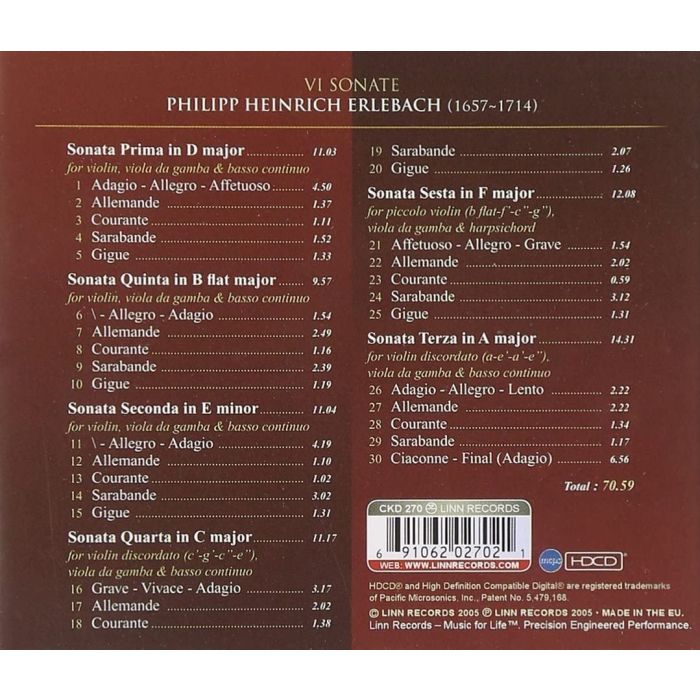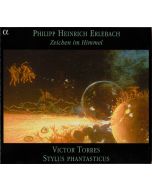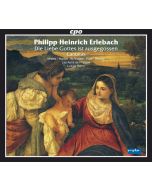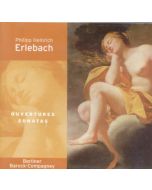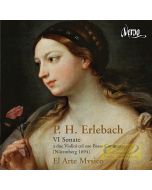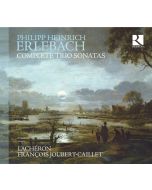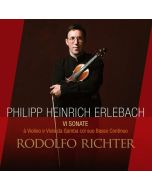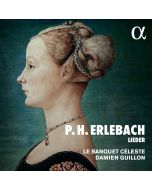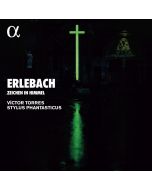
(Produkt nie został jeszcze oceniony)
kompozytor
Erlebach, Philipp Heinrich
tytuł
Erlebach: Six Sonatas for Violin & Viola da Gamba with bass continuo
wykonawcy
McCarthy, Peter, McGillivray, Alison, Quinteiro, Eligio, Richter, Rodolfo, Standage, Silas
nr katalogowy
CKD 270
opis
Debut solo album from Rodolfo Richter, violinist with the award-winning ensemble, Palladians. He performs carefully crafted interpretations in a period style of the beguiling works of Erlebach.
The story of Baroque music is filled with tragedies, might-have-beens and fable-like tales of lost masterpieces. Philip Heinrich Erlebach (1657-1714) became an example of the latter variety, when in 1735 most of his compositions were destroyed in a fire at the court library in Rudolstadt - leaving only 70 of his 1000 or so original works. Despite this tragedy, his surviving music attests to his greatness and wide-ranging talents. Erlebach composed around 120 instrumental works, of these only six suites, a single march, and the six sonatas recorded here survive.
Not every sonata in this collection is for violin, gamba and continuo per se; sonatas Terza, Quarta and Sesta each have an additional feature on the violin part, and each of these features has something of interest. In sonatas Terza and Quarta, Erlebach employs something called scordatura, that is, a deliberate mistuning of the instrument. Most commonly, the instrument is re-tuned so that the open strings sound the primary notes of the tonic key. There are many reasons for using scordatura. One reason is to add a particular kind of bright resonance that comes from using open strings, but yet another reason is to add a puzzling layer of obscurity to further contribute to the element of mystery surrounding the arts of composing and performing. Sonata Sesta utilises the violino piccolo, which, as the name implies, is a little violin that sounds an octave higher than notated. This is just one interesting aspect of these sonatas, which happily survived both a fire and the test of time.
nośnik
CD x 1
wydawca
Linn
data wydania
12.12.2005
EAN / kod kreskowy
691062027021
79,00 zł
Produkt dostepny w niewielkiej ilości.
Wysyłka w ciągu 3 dni roboczych
Darmowa wysyłka dla zamówień powyżej 300 zł!
Darmowy kurier dla zamówień powyżej 500 zł!
sprawdź koszty wysyłki